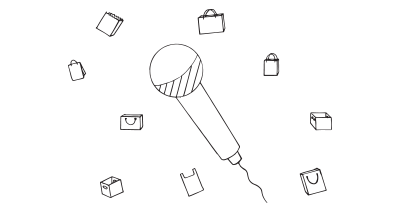


A collection of 60 product experiments that will validate your idea in a matter of days, not months. They are regularly used by product builders at companies like Google, Facebook, Dropbox, and Amazon.
Get your deck!
Blog publicly about what you're doing
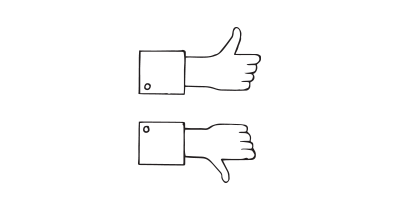
Survey specific performed behaviors and habits in potential customers

Gauge interest from prospects with whom you have no prior contact
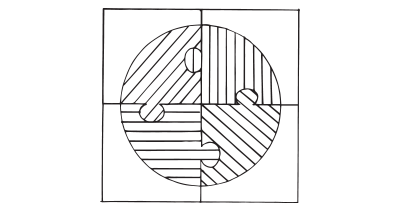
Before testing commitment, test comprehension.
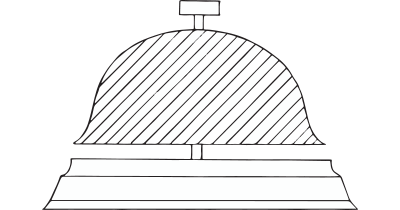
Personally deliver your service to test product satisfaction

Interview and observe users while working in their own environment

Fundraise for product development or production

Obtain input to a project from a large group of undefined people
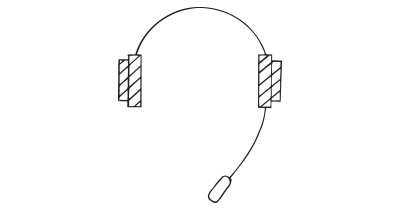
Listen in on customer service to understand user problems firsthand

Arrange a live event to gauge customer interest

Pretend to provide a product or feature without actually developing it
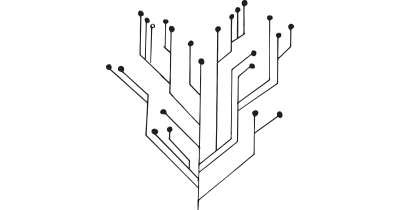
Verify that manual implementations exist for what you plan to automate

Seek out where prospects gather for informal face-to-face validation
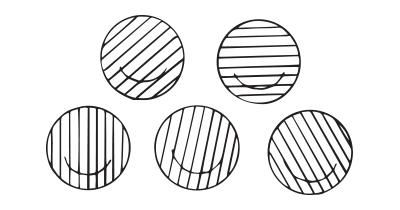
If you cannot find five, your market is too small or too hard to reach
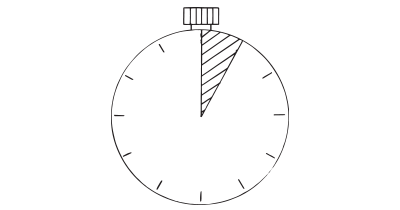
Test what users recall after just brief exposure
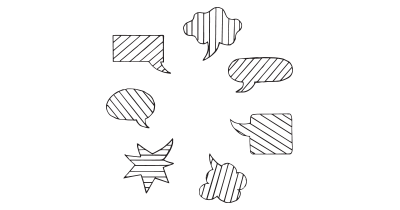
Ask a group of selected participants about their opinions and preferences

Discover what frustrations and problems users are actively looking to solve
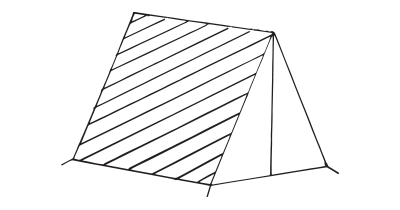
Iterate your product with customers on-site
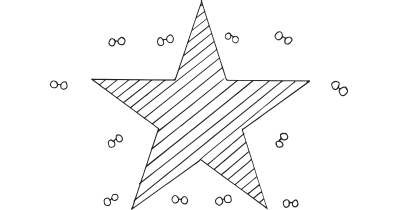
Dive into the frustrations and praise of your own or competing apps

Conduct many unmoderated tests fast and in parallel
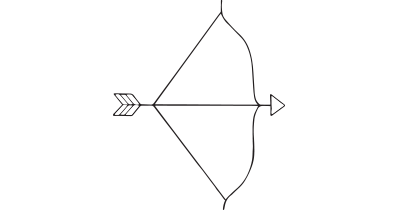
Sell your future feature before implementing it
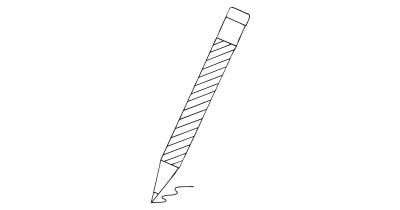
Use pre-defined questions to discover alignments and trade-offs

Catalog users' daily experiences
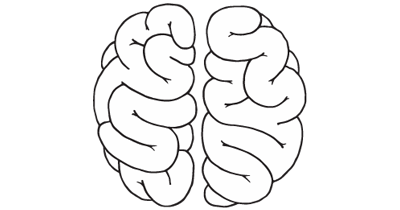
Examine mental processes in user interactions

Identify market opportunities and threats
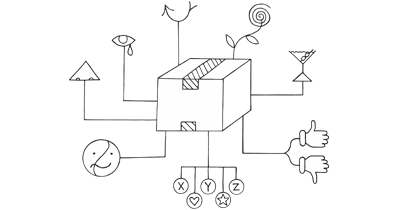
Use creative tasks to understand user cultures
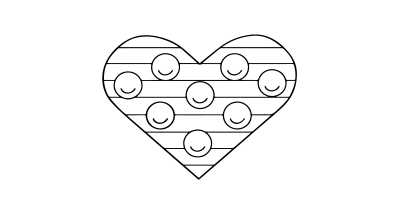
Recruit reference customers as discovery partners
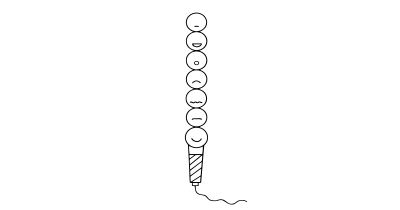
Discover customer needs, wants, desires, pains, and gains
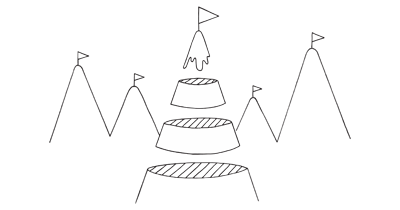
Gather user insights and needs through targeted surveys

Discover existing ideas to combine, remix, and improve

Analyze system journeys for efficiency
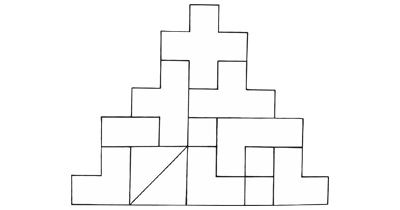
Break down tasks to optimize user workflows

Enact a typical customer experience incognito

Gather personal items to understand user lifestyles
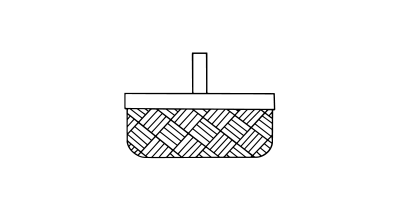
Do research on what's been tried and failed

Simulate interactions to refine design
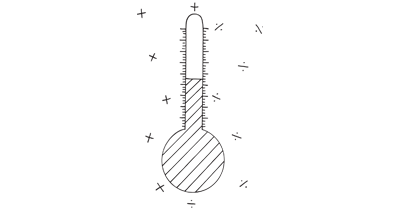
Monitor social media for trends and opinions
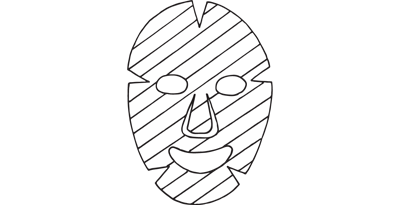
Have users vocalize their thoughts during product use
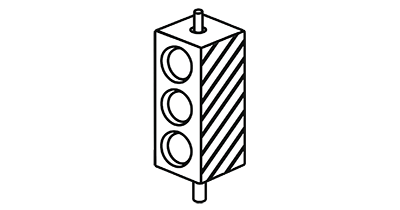
Classify product features into Must-Be, Performance, Attractive and other categories so you can rank roadmap items by their effect on customer satisfaction.
However good our ideas are, we do have to admit that we have no proof - that is the hard part. If you don’t admit that uncertainty is at its maximum at the beginning, you’re going to go off and implement something that nobody wants.
The first step is to figure out whether the problem you are trying to solve is a real one that actually needs solving.
Your best option is to adress potential users directly, focusing on getting qualitative validation of your product idea. At this stage, you want to ask open-ended questions and listen and learn from user responses.
Start with a smaller number of representative users and verify that the problem exists for them. Later, we will carry out more sophisticated experiments on users on a greater scale by trying to provoke and validate wanted behavior in users.
Your initial learnings at this stage will provide confidence to move your idea forward – or teach you that you will need to pivot your iedea as come to understand the real underlying problems.
Asking for opinions, you get opinions. People have opinions on everything, and those opinions doesn’t necessarily reflect what people are actually doing in the real world.
Questions like “Would you…” or “Do you think…” are not ideal ways to start a customer discovery interview.
It’s better to ask for facts.
Questions like “When was the last time you googled…” or “Tell me about a time when you…” shows whether they thought about the proble before you triggered them. If you ask “Would you” or “Do you think”, people will very likely answer positively – with their opinions.
The following question openers help respondents refer to a concrete instance:
You want to aim for collecting facts and concrete instances when you ask.
You do not want to focus on the solution. Taking a starting point in the solution – a future implementation of the idea you have ind mind – will be framing the conversation around what you think is important. Not what is important for your potential users.
Asking whether a particular feature would solve a user problem might give you positive acknowledgements in return. However, asking about a particular feature will not answer whether that feature would solve the user’s most important problem.
A collection of 60 product experiments that will validate your idea in a matter of days, not months. They are regularly used by product builders at companies like Google, Facebook, Dropbox, and Amazon.
Get your deck!